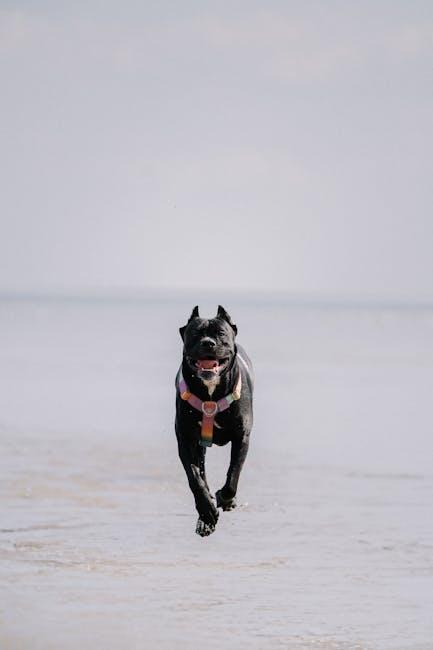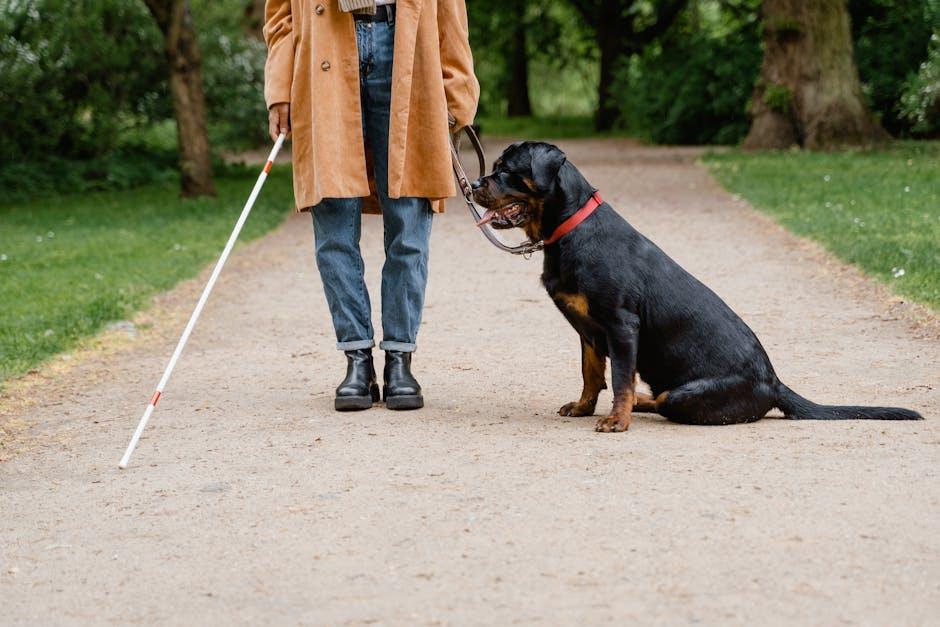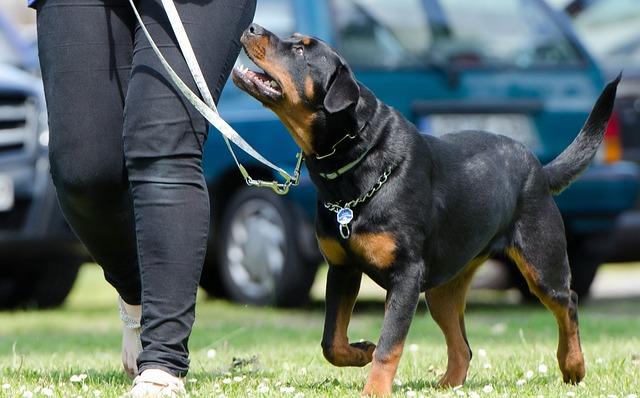Welcoming a dog into your home brings immense joy and companionship, but it also introduces new challenges, particularly when it comes to managing their energy and excitement. Whether you’re dealing with a boisterous puppy or an adult dog prone to bouts of hyperactivity, teaching your furry friend to stay calm is an essential skill that can enhance your relationship and bring tranquility to your home. In this guide, we’ll explore practical and compassionate techniques to help your dog master the art of calmness. With patience, consistency, and a touch of love, you’ll be well on your way to fostering a serene and happy environment for both you and your beloved pet. Let’s embark on this rewarding journey together!
Understanding Your Dogs Triggers and Needs
Every dog is unique, with their own set of triggers and needs that influence their behavior. To help your furry friend stay calm, it’s crucial to first identify what sets them off and what they require for comfort and reassurance. Here are some key factors to consider:
- Environmental Triggers: Loud noises, unfamiliar places, or sudden changes in routine can unsettle your dog. Observe their reactions to different environments to pinpoint specific stressors.
- Social Needs: Some dogs thrive in social settings, while others may feel anxious around new people or other animals. Pay attention to their body language and interactions to gauge their comfort levels.
- Physical Needs: Regular exercise, a balanced diet, and adequate rest are essential for maintaining your dog’s well-being. Ensure their daily routine meets these basic needs to help them stay calm and happy.
By understanding what affects your dog, you can tailor your training approach to better address their specific needs. This empathetic understanding forms the foundation for effective training and a harmonious relationship.

Creating a Calm Environment for Your Furry Friend
Crafting a serene sanctuary for your beloved dog involves more than just providing the basics. Start by creating a dedicated space where your dog can retreat and relax. This can be a cozy corner of your living room or a special nook in your bedroom. Use soft textures like plush blankets or a cushioned dog bed to add comfort. Consider soothing colors such as light blues or soft greens for the area, as these can have a calming effect.
- Aromatherapy: Introduce calming scents like lavender or chamomile using a pet-safe diffuser.
- Sound: Play soft music or nature sounds at a low volume to drown out unsettling noises.
- Lighting: Opt for soft, ambient lighting instead of harsh fluorescents to create a peaceful atmosphere.
Beyond the physical space, establish a routine that includes regular exercise, feeding, and relaxation times. Consistency helps your furry friend understand what to expect, reducing anxiety. enrich their environment with interactive toys and puzzles to keep their minds engaged and content.

Positive Reinforcement Techniques for a Tranquil Pup
Fostering a serene demeanor in your furry companion can be achieved through consistent positive reinforcement techniques. Begin by rewarding calm behavior with treats, praise, or a favorite toy. Timing is crucial; ensure you provide the reward immediately as your dog exhibits calmness. This will help them associate tranquility with positive outcomes. Patience and consistency are key, as your pup learns to understand and respond to these cues.
- Use calming signals: Yawning, slow blinking, or turning away can help your pup relax. Mimic these signals to communicate calmness.
- Practice ‘settle’ commands: Train your dog to lie down or stay in a specific spot when they need to calm down. Gradually increase the duration and complexity of this command.
- Incorporate relaxing activities: Gentle petting, massage, or listening to soothing music can help your dog unwind.
Remember, each dog is unique, and what works for one may not work for another. Stay attuned to your pup’s responses and adjust your methods accordingly, ensuring a peaceful and harmonious bond.

Building a Consistent Routine to Foster Calmness
Creating a consistent routine for your dog is essential in nurturing a sense of calmness and security. Dogs thrive on predictability, and by establishing a daily schedule, you help them understand what to expect, reducing anxiety and stress. Begin by setting fixed times for meals, walks, and play. This regularity helps in setting a rhythm that your dog can comfortably follow, ensuring they feel safe and relaxed throughout the day.
Incorporate calming activities into your routine, such as:
- Quiet time: Dedicate a part of the day for relaxation, perhaps with soothing music or a gentle massage.
- Training sessions: Short, positive training exercises can focus your dog’s mind and reinforce good behavior.
- Enrichment activities: Interactive toys or puzzle feeders can engage your dog mentally and physically, promoting calmness.
Consistency is key, so ensure that all family members are on board with the routine. Use positive reinforcement to reward calm behavior, helping your dog associate tranquility with positive outcomes. Over time, this structured approach will cultivate a serene and composed demeanor in your furry friend.

